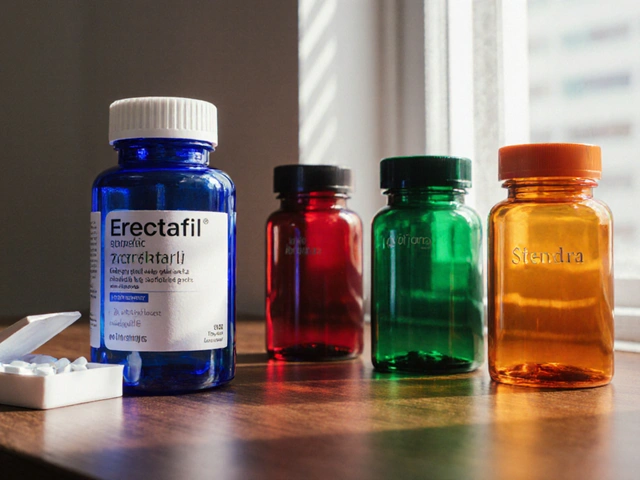IVF Protocols: Your Guide to Fertility Treatment Plans
When working with IVF protocols, the structured series of steps doctors follow to maximize the chances of a successful in‑vitro fertilization cycle. Also known as in‑vitro fertilization regimens, they bring together medication timing, monitoring, and lab techniques into a single plan. A typical plan also includes stimulation protocols, the drug‑driven approach that encourages the ovaries to produce multiple eggs, embryo transfer, the step where cultured embryos are placed into the uterus, and the choice of fertility drugs, medications like gonadotropins, clomiphene, or letrozole that drive ovarian response. Together they shape the overall success rate of a cycle.
IVF protocols are not one‑size‑fits‑all; they reflect a patient’s age, ovarian reserve, and reproductive goals. For younger patients with good ovarian reserve, a mild stimulation protocol may be enough, using lower doses of gonadotropins to retrieve fewer but higher‑quality eggs. Older patients or those with diminished reserve often need a high‑dose protocol, sometimes combined with adjuvant therapies like growth hormone. The choice of protocol directly influences the number of eggs retrieved, which in turn affects the number of embryos available for transfer or freezing.
How the Pieces Fit Together
Successful IVF relies on three core relationships. First, stimulation protocols require precise dosing of fertility drugs to coax the ovaries without causing excessive side effects. Second, the timing of egg retrieval must align with the peak maturity of the follicles, a decision guided by ultrasound and hormone monitoring. Third, the embryo transfer window is calibrated to the uterine lining’s receptivity, often assessed by the endometrial thickness and hormonal profile. These three steps create a logical chain: appropriate drug selection → optimal follicle growth → timely retrieval → high‑quality embryos → successful transfer.
Beyond the main steps, ancillary factors like lifestyle, nutrition, and stress management can tilt the odds. Studies show that regular moderate exercise and a diet rich in antioxidants improve ovarian response, while chronic stress may blunt it. Clinics increasingly offer integrated care that includes counseling, acupuncture, or mindfulness training alongside the medical protocol. While these extras aren’t part of the core IVF protocol, they complement it and can boost overall outcomes.
Clinicians also consider the patient’s future family‑building plans. Some prefer a fresh transfer in the same cycle, hoping for immediate pregnancy. Others opt for a “freeze‑all” approach—cryopreserving all viable embryos and transferring them in a later, hormonally optimized cycle. The decision hinges on the individual’s health, the number of embryos created, and the clinic’s success data. Both strategies are built upon the same underlying protocol framework; the only difference is when the embryos meet the uterine environment.
Understanding these interlinked components helps patients ask the right questions: Which stimulation protocol matches my ovarian profile? How many eggs should I expect? What are the risks of high‑dose gonadotropins? By grasping the logic behind each step, you can partner more effectively with your fertility team. Below you’ll find a collection of detailed articles that break down each element—from drug choices to embryo transfer timing—so you can navigate your IVF journey with confidence.
Clomiphene’s Role in IVF: Benefits, Protocols & Outcomes

Explore how clomiphene works in IVF, its protocols, success rates, risks, and a comparison with injectable gonadotropins to help you choose the right fertility strategy.
read more



